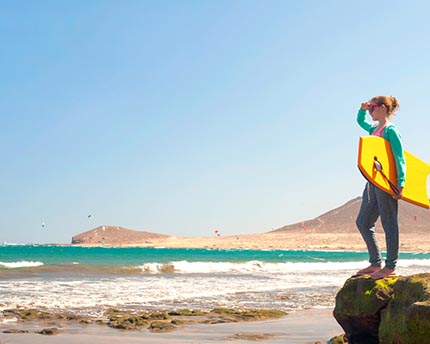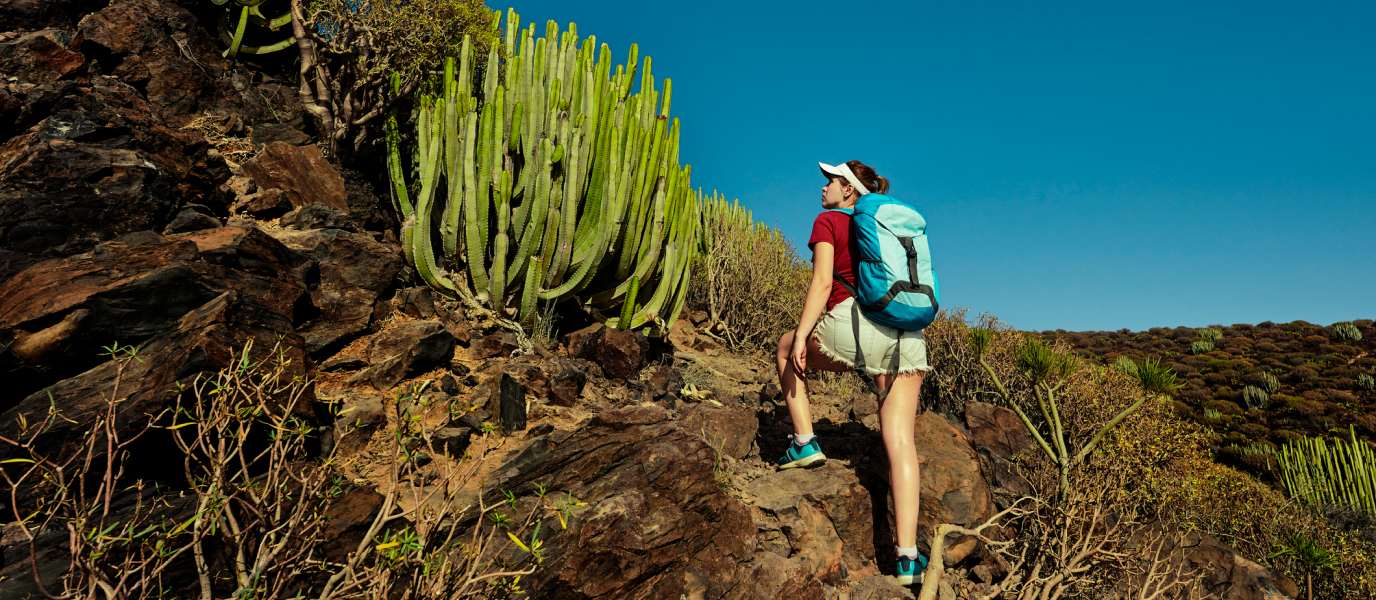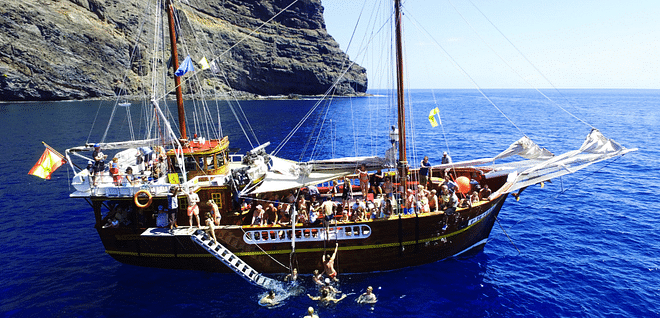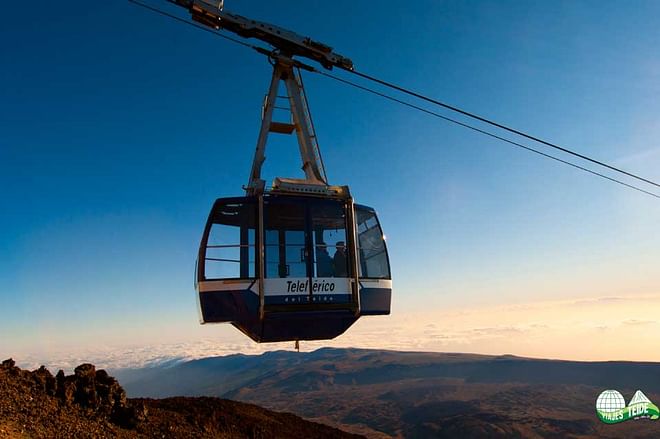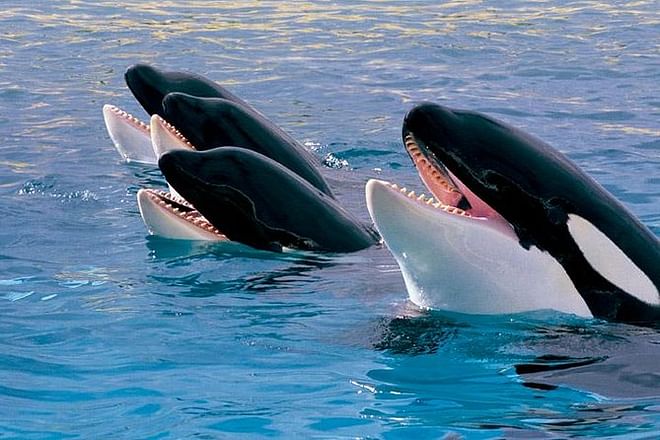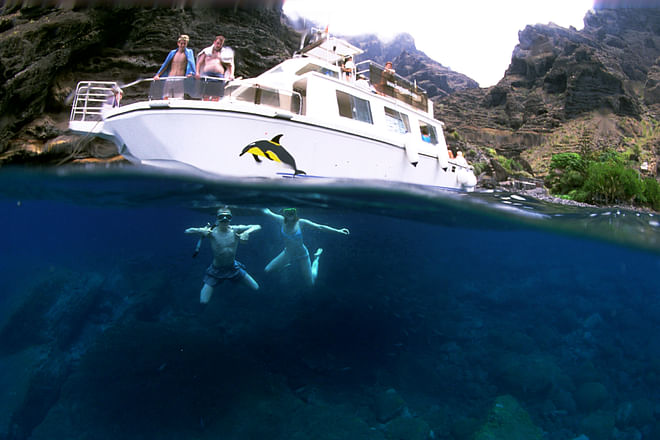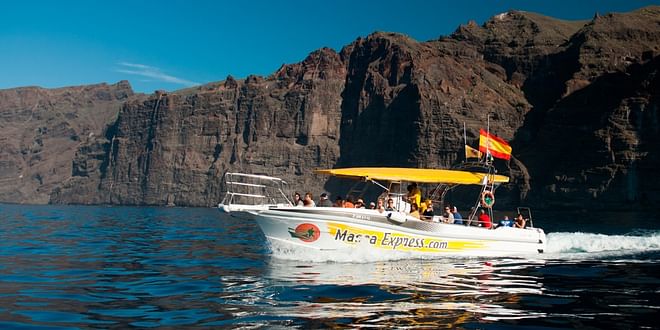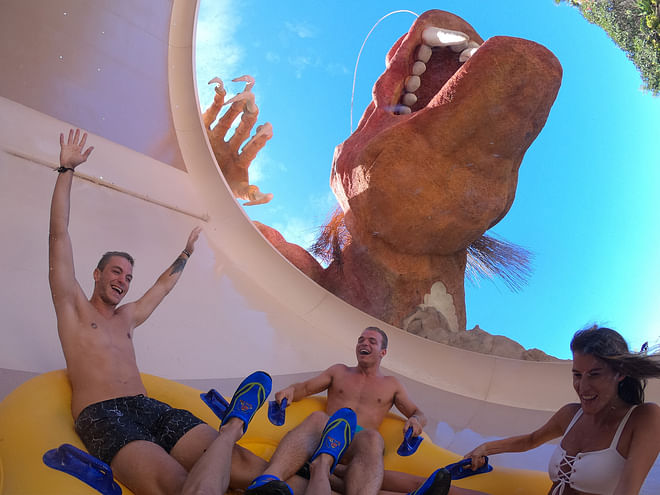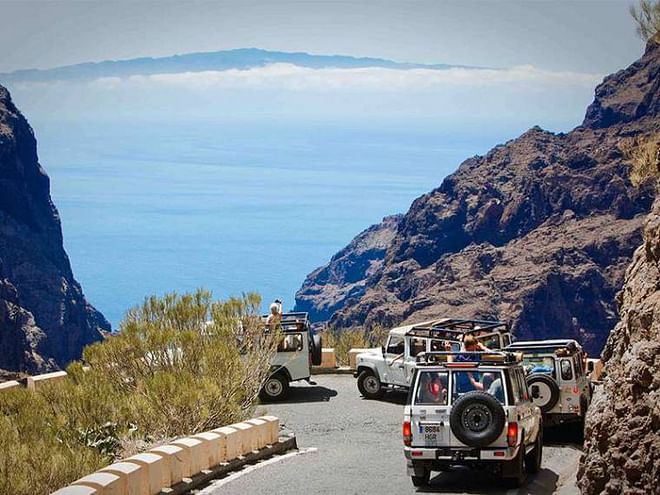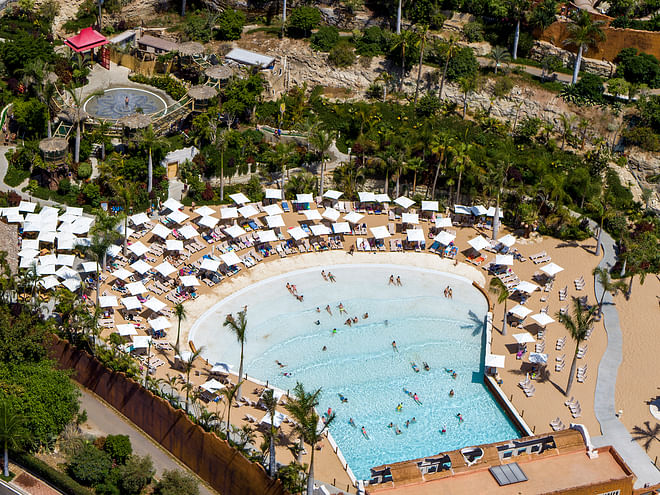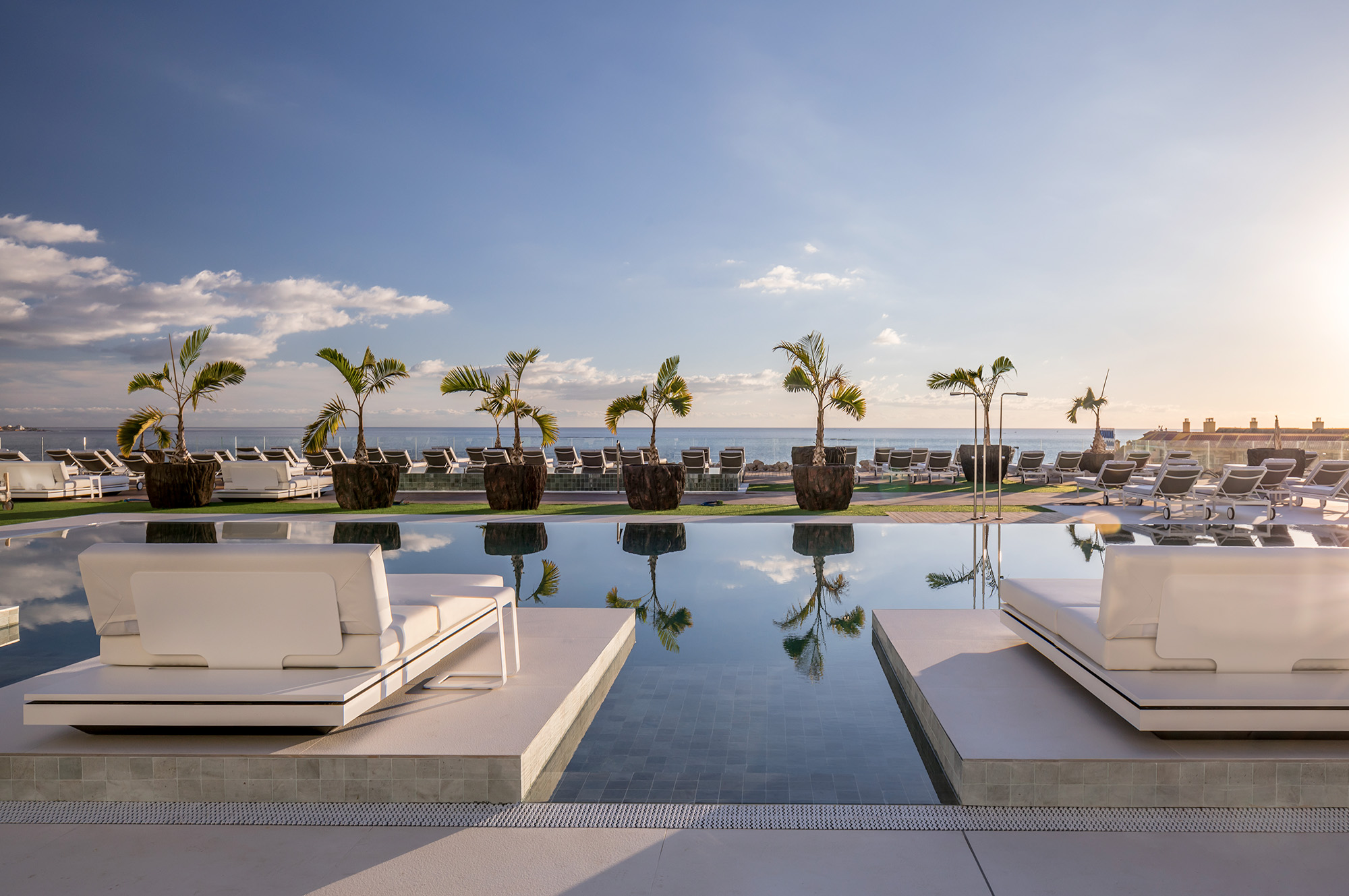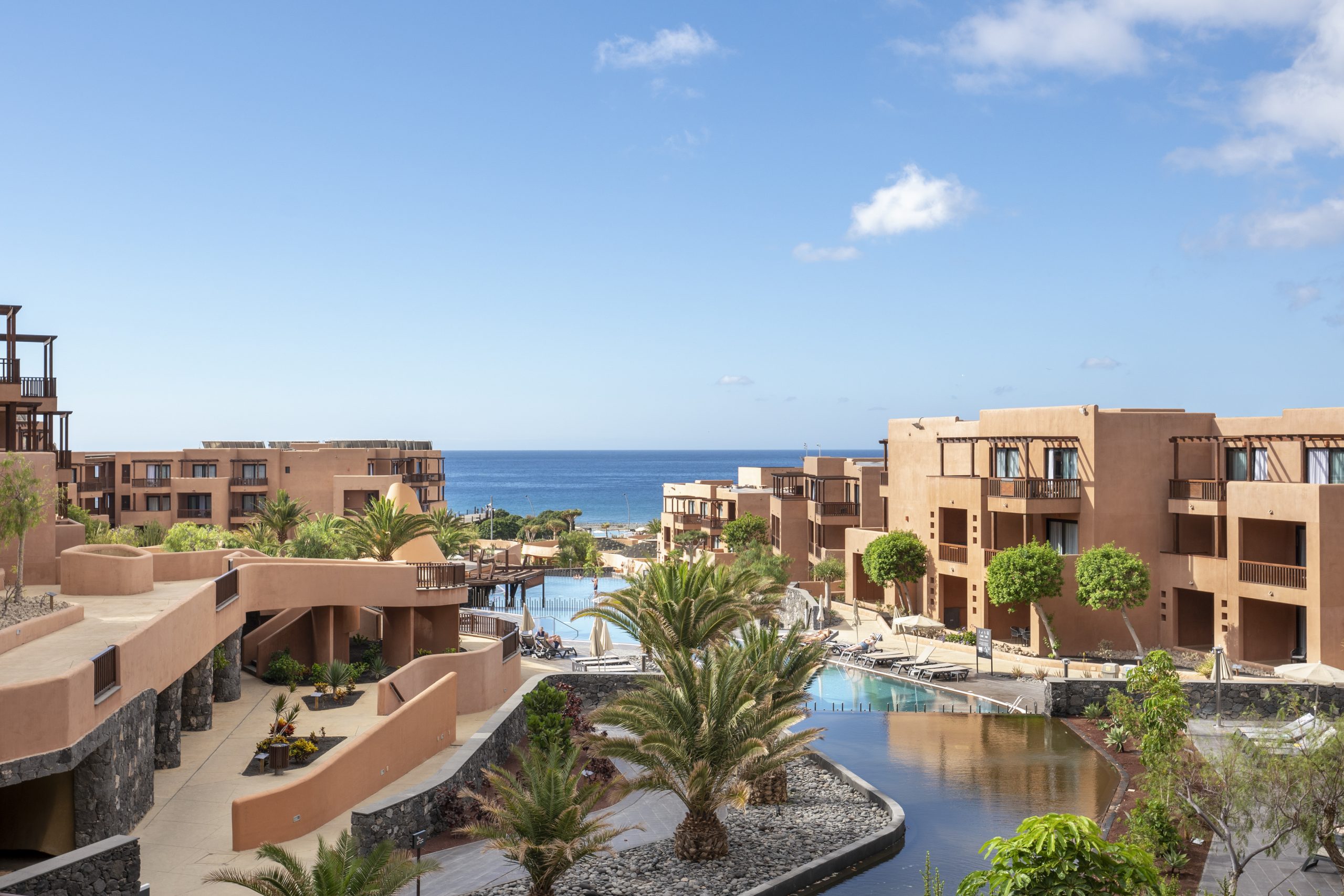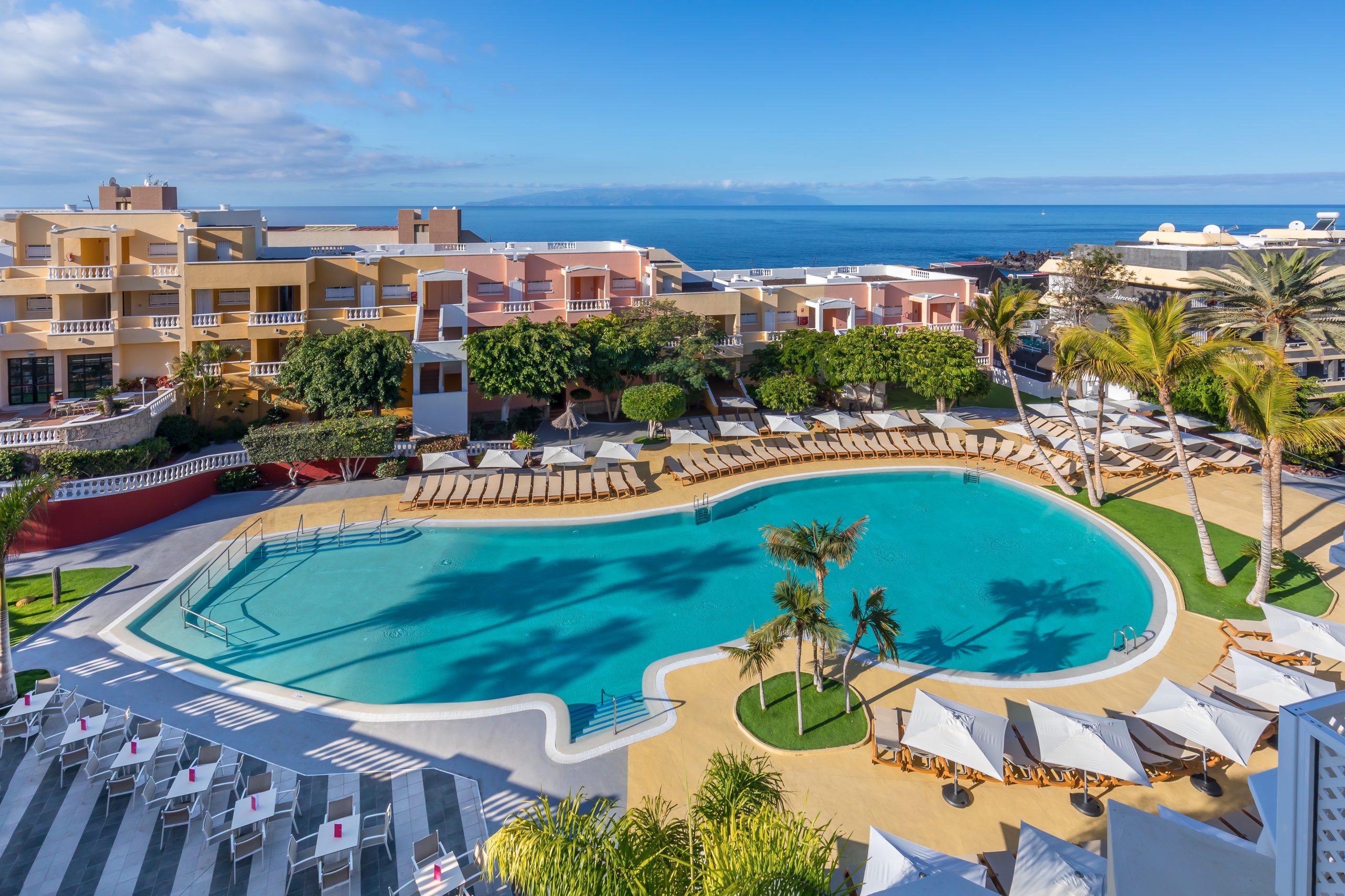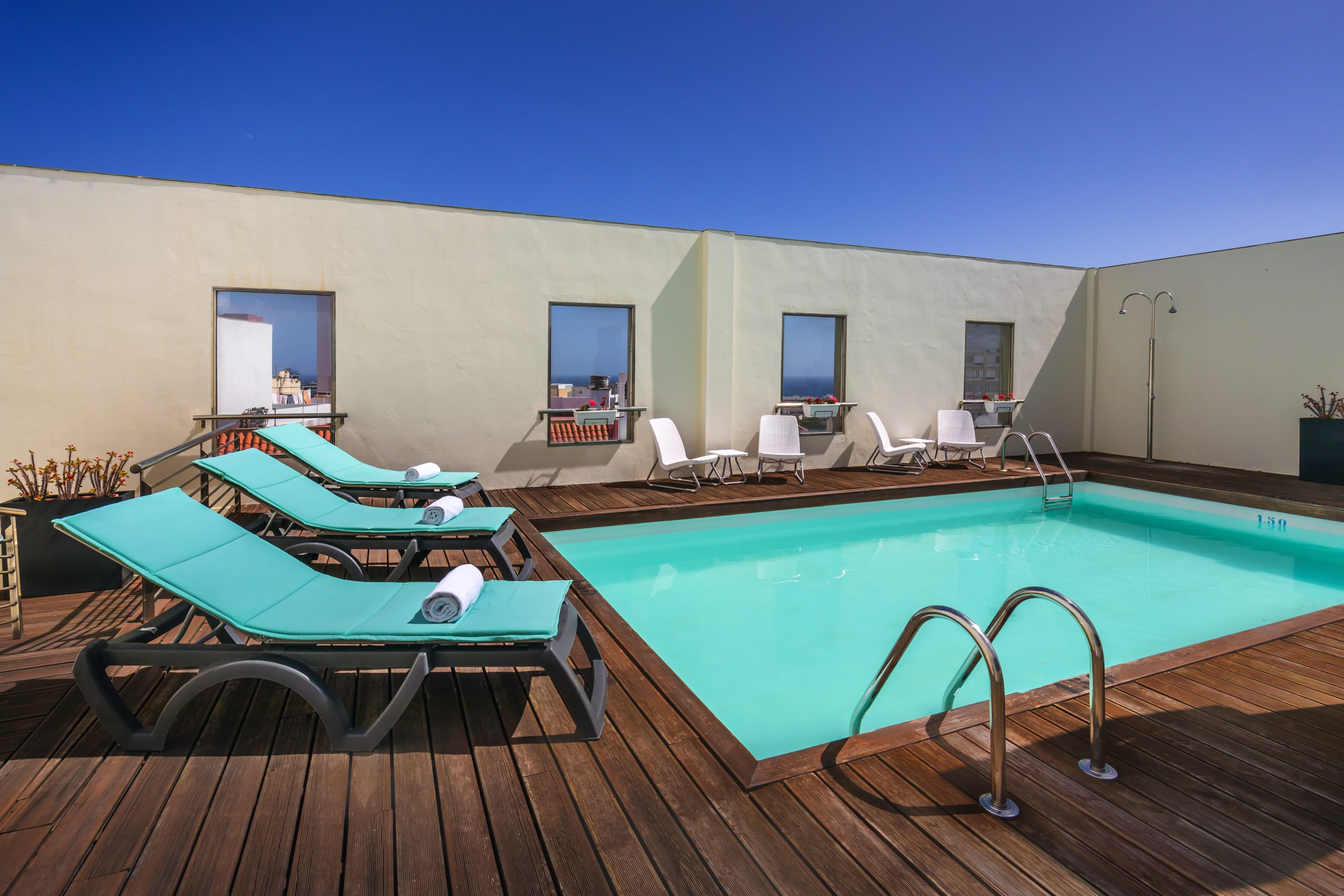There are few places in Europe where you can enjoy sea and sand 365 days a year. The Canary Islands—which are in fact level with Africa—are one of those rarities and can be accessed easily thanks to their excellent air transport network.
The subtropical climate of the island of Tenerife—the largest island in the archipelago—means you can enjoy water at a temperature that never drops below 18°C, which is one of the main reasons why the island is a true paradise for fans of diving. The other key reason has to do with the volcanic origins of Tenerife, which, in addition to the erosive processes of rock, have carved out a stunning underwater landscape.
A haven of unbeatable diving conditions, the island’s coastline has seen countless dive centres pop up boasting highly qualified professionals and services for both beginners and specialists. Join us as we fill you in on everything you need to know.
Dive centres and courses in Tenerife
Breathing underwater is not something to be taken lightly, which is why safety is of the utmost importance. As previously mentioned, Tenerife has made a name for itself over time as one of the most experienced destinations for diving. FEDAS, ACUC, SSI and PADI are just a few of the numerous international organisations that issue and verify deep-sea diving certificates, making it mandatory for all instructors to have one of these valid licences.
Below are some of the over 60 diving centres (yes, 60!) located along the island’s coastline:
- In the north of the island, halfway between the lovely municipalities of Los Realejos and Puerto de la Cruz, is the Centro de Buceo Atlantik. The centre was founded in 1994 by the Christoph family at a time when no other centres dedicated to diving existed along the northern coast. These days, its experience and portfolio of loyal customers attest to its high standards. La Chimenea [The Chimney], El Laberinto [The Labyrinth], La Montaña de los peces [Fish Mountain], and El Túnel [The Tunnel] are just a few of the fascinating geological formations that are visited on one of its underwater tours, either in Spanish, German or English.
- In the north-east, situated at the Radazul Marina (in Santa Cruz de Tenerife), the diving centre Club de Buceo Quimerasub has offered its customers a friendly service since 2010. A family business certified by the ACUC organisation, its activities include both daytime and night-time excursions through the crystal-clear waters adjacent to the port. A perfect option if you’re staying in the island’s capital and would like to have a go at diving for the first time.
- At the southernmost point of Tenerife in Los Abrigos, one of the towns that make up the municipality of Granadilla de Abona, is the Club de Buceo Ecological Divers, a specialised centre geared towards safe and ecological diving. For more experienced divers they offer excursions to different shipwrecks submerged on the seabed in the waters surrounding the island.
- And, finally, in the western part of the island, in the special setting of the Los Gigantes Cliffs, is the Centro de Buceo Espíritu de Buceo, a diving centre with PADI certification that organises an extensive range of activities from Monday to Saturday. Among its services are both snorkelling excursions—which do not require the use of a scuba tank—and diving for all levels. With personalised services, including small groups, its location promises a unique experience, given the incredible panoramas that the cliffs offer at sea level.
Famous dive sites and sunken shipwrecks
The northern coast of Tenerife is, from a diver’s perspective, a hard going area that requires certain technique to explore it. Generally speaking, this is because the water in the north is more exposed to strong winds and therefore its waves are normally choppier than in the south. That said, don’t let this put you off completely, as the northern stretch of coastline boasts some real underwater treasures:
- Baja de los Realejos, which faces the eponymous town, is a magnificent block of basaltic rock that rises from a depth of 50 metres practically all the way up to the surface of the water. Its vertical walls are full of cracks and rifts that pique the curiosity of divers.
- Nearby, opposite Puerto de la Cruz, is La Chimenea [The Chimney], a vertical volcanic tunnel measuring 15 metres in length, which formed due to lava being released sporadically. To reach it, you must descend no more and no less than another 20 metres beforehand, which is why it has a rather high level of difficulty.
- The rock formation known as La Catedral [The Cathedral] lurks just a few kilometres more to the east. Columns, vaults and arches made from volcanic rock remain intact beneath the surface of the water, where they were shaped, back in time, in an impromptu manner by the force of nature. It is, without a doubt, one of Tenerife’s most iconic dive sites.
For their part, the southern and western coastlines enjoy more tranquil waters:
- Opposite the cliffs of Los Gigantes is Atlántida [Atlantis], a group of submerged basalt columns whose appearance recalls the mythical island and city mentioned by Plato.
- Level with La Caleta, in the surrounding area of Costa Adeje, is Puertito Armeñime, one of the coves where the most beginners take their first plunge in Tenerife. It is also a great place for spotting sea turtles.
- And, finally, at the southernmost point of the island is the Condesito, a cement carrier that sunk in 1973 and whose extended stay beneath the water has earned it a host of aquatic friends. 15 metres below the surface, you can still see—on its prow—the point at which it collided against the Punta de Rasca reef dooming it forever to the depths of the ocean. Without a doubt, it is a big attraction, which dive centres don’t hesitate to offer in order to capture the most romantic side of our imagination.





























































